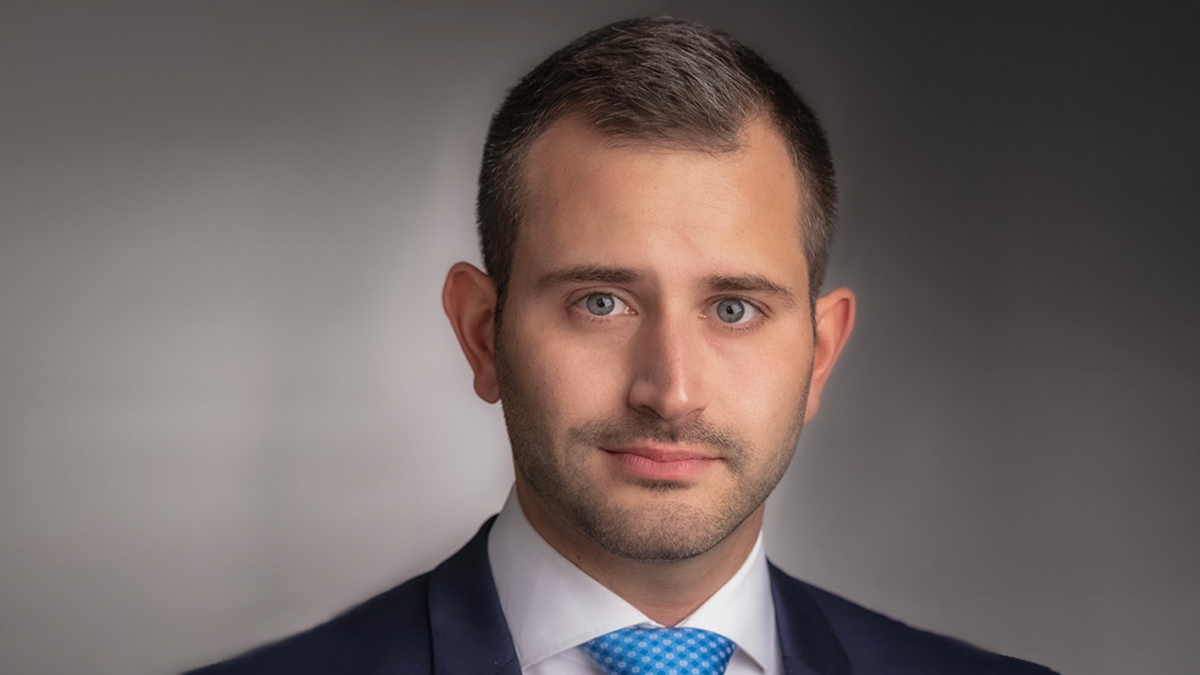
Paolo Tarantino: 10 facts to know to prepare for the rise of ADCs
Paolo Tarantino shared on X:
“ADCs are among the most rapidly expanding treatment modalities in oncology, with 11 ADCs approved and >200 in active development.
Here’s 10 facts to know to prepare for the rise of ADCs.
1. The first name utilized for antibodies linked to chemotherapy was ‘immuno-conjugates’.
The name progressively evolved towards ‘antibody-drug conjugates’, which is widely preferred today.
2. The first clinical trials of ADCs were conducted in the 80s.
It took 20 years to have the first ADC approved, 10 more years for the second ADC.
By contrast, 8 novel ADCs were approved within only the last 5 years, and further approvals are expected in the coming months.
3. ADCs are made up of three components (antibody, linker, payload), but their contribution to the molecular weight if very different.
More than 90% of the ADC molecule is made up of antibody, while the linker/payload components account for a much smaller fraction of the weight.
4. After each infusion, less than 1% of the total ADC reaches the tumor.
Most of the remaining ADC is distributed to healthy organs, degraded and excreted without ever binding to tumor cells.
5. All the approved ADCs have a drug-to-antibody ratio (DAR) ranging between 2-8.
Higher DARs have been shown in most instances to lead to worse pharmacokinetic profile, due to higher hydrophobicity and less stability.
6. None of the approved ADCs are fully stable in circulation, with detachment of the payload or payload-linker that continuously occurs following each infusion.
Some drug-linkers can covalently bind to plasma proteins, with formation of complexes that extend payload’s half-life.
7. Most of the ADC approvals are not linked to a biomarker.
For instance, Trop2 expression is not required for SG, nor Nectin4 expression for EV or tissue factor for TV, among others.
Two more expected approvals (Dato-DXd, HER3-DXd) will not likely use the target as biomarker.
8. There is one ADC approved in China but not by the FDA: disitamab vedotin (RC-48) for treating HER2+ gastric cancer.
The drug is currently in phase 3 testing in western countries, and it may be also approved by the FDA/EMA in the future for some indications.
9. Most of the ADCs that reached regulatory approval have been originally developed by small/medium size Biotech companies (often from Asia), subsequently acquired and developed by large Pharma companies (often from EU/USA) within multiple billion dollar deals.
10. More than 200 ADCs are currently in clinical development.
Of these, over 100 harbor topoisomerase 1 inhibitor payloads, with the second most common class being microtubule inhibitors (auristatins / maytansinoids) and the third being DNA alkylating agents.
If you found these facts of interest, stay tuned for an upcoming review article led by Raffaele Colombo, and myself, which will retrace the lessons learned over the last 40 years of development of ADCs
Also, make sure to attend the ADC session of ENA24!”
Source: Paolo Tarantino/X
Dr. Paolo Tarantino, MD, is pursuing an advanced research fellowship at Dana-Farber Cancer Institute and Harvard Medical School, concurrently working towards a PhD in clinical research at the University of Milan.
His research focuses on exploring the HER2 oncoprotein, investigating the emerging HER2-low subgroup of breast tumors, and developing novel antibody-drug conjugates targeting every subtype of breast cancer.
-
ASCO Annual Meeting
May 30 - June 4, 2024
-
Yvonne Award 2024
May 31, 2024
-
OncoThon 2024, Online
Feb. 15, 2024
-
Global Summit on War & Cancer 2023, Online
Dec. 14-16, 2023
